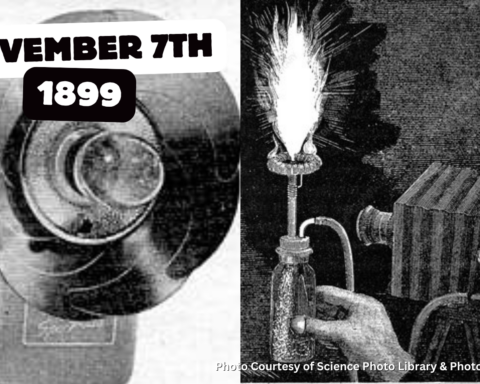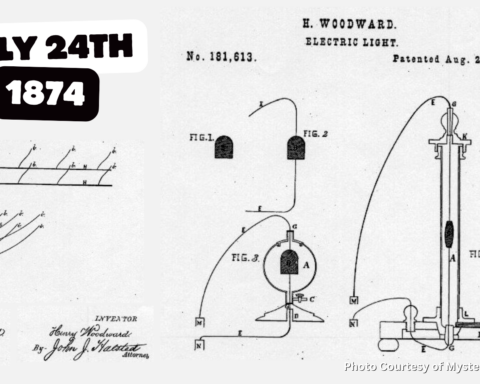The Davy Lamp is a unique invention that was created by Sir Humphry Davy, an English chemist, in the early 19th century. This lamp was specially designed for use in coal mines, where explosions due to gas buildup were a major hazard to miners.
The concept of the lamp was simple but highly effective. The lamp consisted of a brass or iron wire gauze that surrounded the flame in the lamp. The gauze prevented the ignition of highly flammable methane gas that was commonly found in coal mines.
To test the efficacy of his lamp, Davy conducted a series of experiments where he placed different amounts of methane gas in the presence of the lamp’s flame. He found that the flame did not ignite the gas, and thus the lamp was safe to use in coal mines.
The Davy Lamp quickly became popular among miners, who found it to be a reliable and safe source of light. Miners could now work underground without the fear of explosions caused by gas buildup, and many lives were saved as a result.
The invention of the Davy Lamp marked a significant turning point in the history of mining. This lamp reduced the number of accidents and loss of life that were previously commonplace in coal mines. The lamp’s success prompted other inventors to create different types of safety lamps, which further enhanced the safety of miners.

Today, the Davy Lamp is viewed as an important piece of industrial history. It is a testament to the ingenuity and creativity of man, as well as the importance of safety measures in the workplace. Visitors can still see the lamp on display in various museums around the world. Because this lamp played an integral role in improving the safety conditions of coal mines, and it remains a powerful symbol of innovation and progress. Without Sir Humphry Davy’s pioneering work, many miners would have continued to suffer from the dangers of working underground.
Featured image courtesy of Bridge Mani Mag.






